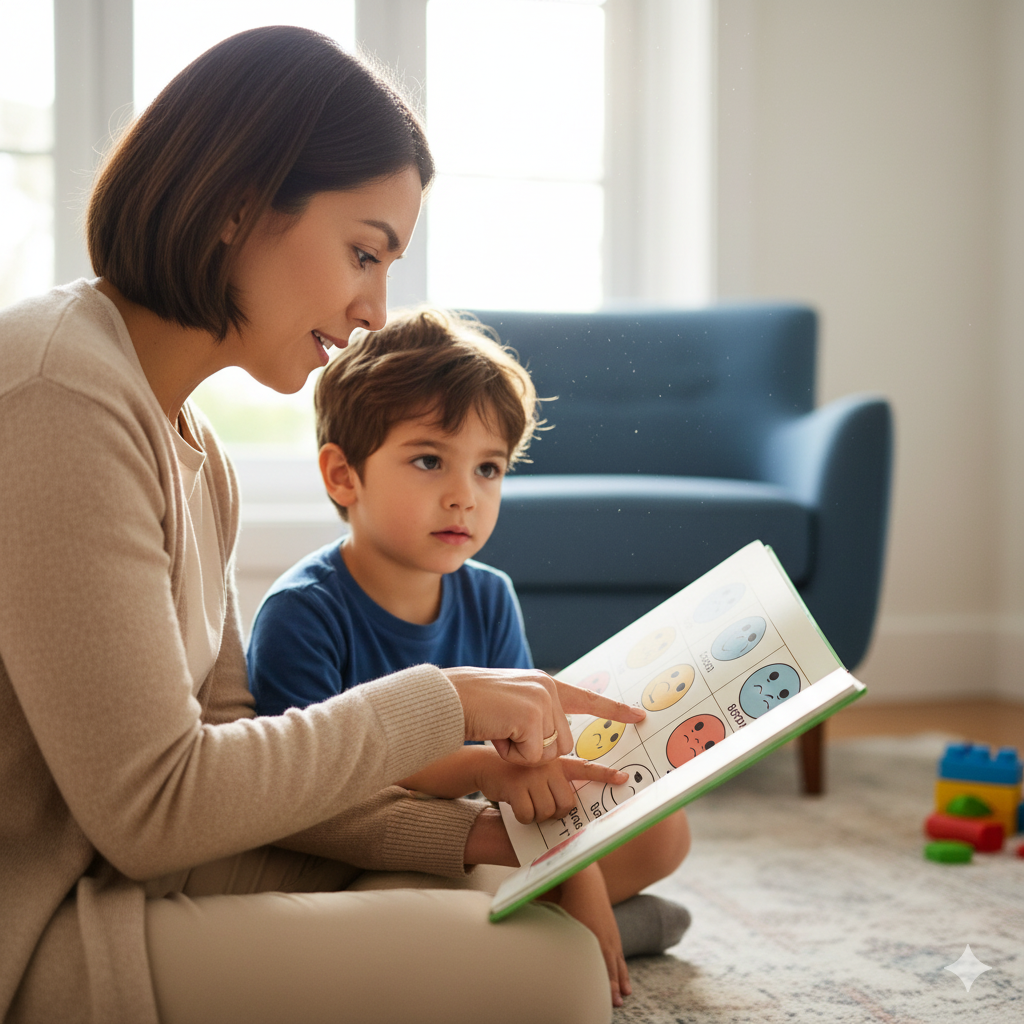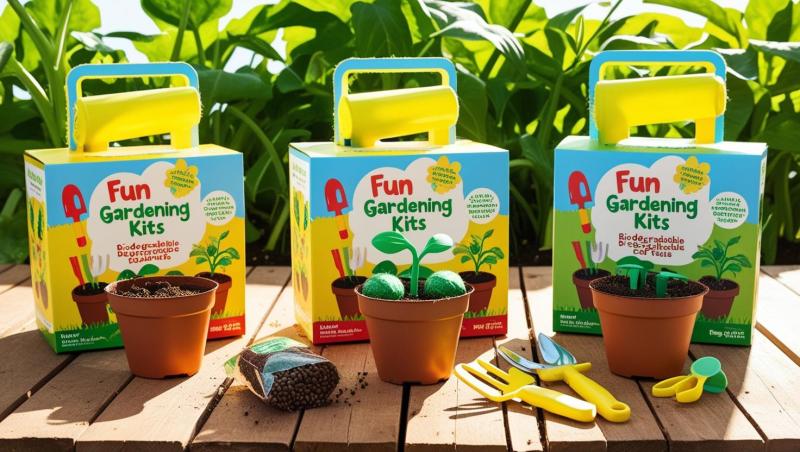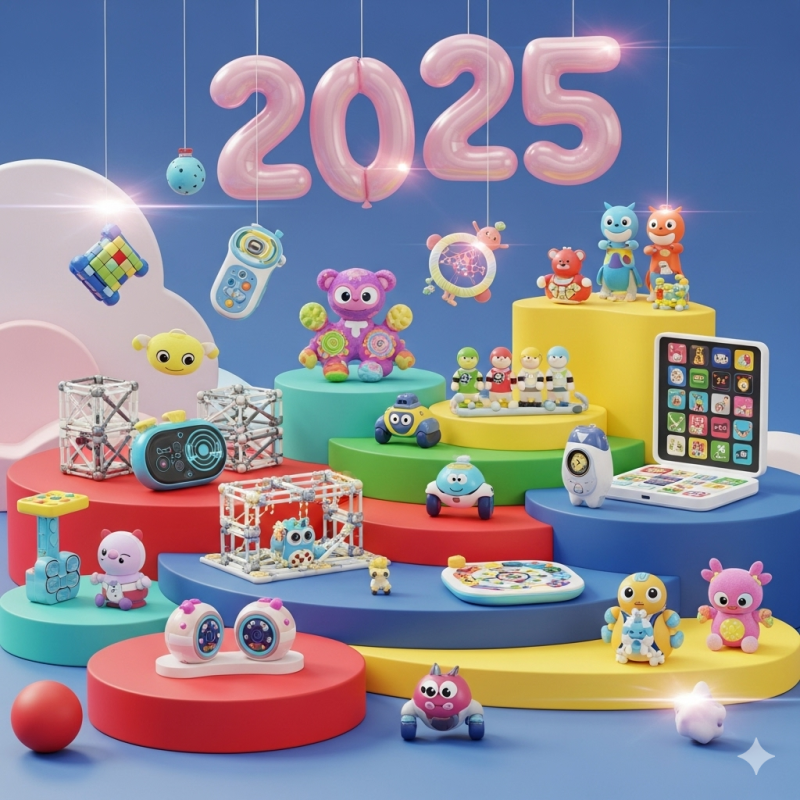The Importance of Emotional Awareness in Children
Understanding emotions is a crucial part of a child’s development. When children learn how to recognize and express their feelings, they develop emotional intelligence, which supports their mental health, social relationships, and overall well-being. Parents and caregivers play a vital role in guiding children through this complex process. Helping your child better understand their emotions builds self-awareness, empathy, and resilience, essential skills that set the foundation for healthy relationships and personal success.

What Does It Mean to Understand Emotions?
Emotional understanding involves recognizing what one is feeling, knowing why, and expressing those feelings appropriately. For children, this can be challenging—they often experience intense emotions but may lack vocabulary or strategies to describe or manage them.
Teaching emotional literacy means helping children:
-
Name their feelings accurately (e.g., sad, frustrated, excited).
-
Connect emotions to experiences or situations.
-
Understand that emotions are temporary and manageable.
-
Respond to feelings in healthy ways.
Why Is Emotional Understanding Important for Children?
Understanding emotions early offers numerous benefits such as:
-
Improved Communication: Children can articulate their needs and feelings clearly.
-
Better Relationships: Recognizing others’ emotions fosters empathy and cooperation.
-
Reduced Behavioral Issues: Awareness helps prevent acting out from frustration or misunderstanding.
-
Enhanced Coping Skills: Children learn to face challenges calmly and with confidence.
Children who grasp their emotions tend to perform better academically and socially, making emotional education a cornerstone of holistic development.
Practical Steps to Help Your Child Understand Their Emotions
1. Use Emotion Words Regularly
Make feelings a regular topic of conversation. Label emotions when you experience them around your child:
-
“I feel happy because we got to play outside today.”
-
“It sounds like you’re feeling frustrated with that puzzle.”
Expanding their emotional vocabulary empowers children to express themselves beyond “happy” or “sad.”
2. Encourage Open Emotional Expression
Create a safe environment where children feel comfortable sharing all feelings—positive and negative—without judgment or punishment. When children see that every emotion is okay, they are more likely to open up.
3. Read Books About Emotions
Children’s literature is a powerful tool for emotional learning. Stories that explore different feelings and situations help kids see themselves and others with understanding.
Recommended activities:
-
Pause during reading to ask, “How do you think the character feels? Why?”
-
Share similar experiences from your own life.
4. Play Emotion-Based Games
Games and toys designed around feelings can make emotional learning fun and interactive. Consider:
-
Emotion flashcards or matching games.
-
Role-playing with dolls or action figures to act out scenarios.
-
Board games that encourage discussing feelings.
These activities provide safe ways to explore emotions and reactions.
5. Practice Mindfulness and Relaxation
Teaching mindfulness techniques helps children notice and regulate their emotions. Simple breathing exercises or guided imagery can calm overwhelming feelings and increase self-awareness.
6. Model Emotional Awareness and Regulation
Children learn by watching adults. Practice naming your emotions, discussing how you cope with stress, and demonstrating healthy ways to calm down.
7. Validate Their Feelings
Acknowledging your child’s emotions without dismissing or minimizing builds trust and self-esteem.
For example:
-
Instead of “Don’t be scared,” say “I understand that you’re scared, and it’s okay to feel that way.”
-
Offer comfort or solutions if appropriate.
8. Help Them Solve Emotional Challenges
When children face difficult feelings or conflicts, guide them through problem-solving:
-
Identify the feeling.
-
Explore reasons behind it.
-
Brainstorm coping strategies or ways to improve the situation.
How Toys Can Support Emotional Understanding
Certain toys and activities encourage kids to explore emotions creatively, helping them learn indirectly:
-
Role-play Sets: Pretend play mirrors social situations and feelings.
-
Emotion Dolls or Puppets: Ideal for children to express inner thoughts safely.
-
Creative Art Supplies: Drawing or painting emotions opens non-verbal expression.
-
Cooperative Games: Promote teamwork and empathy.
JustToysStore offers a range of toys that cultivate emotional intelligence by merging play with learning.
Signs Your Child May Need Extra Emotional Support
While many children develop emotional awareness naturally, some might struggle more due to temperament, trauma, or developmental differences. Watch for signs such as:
-
Difficulty naming or expressing feelings.
-
Frequent emotional outbursts or withdrawal.
-
Challenges in peer relationships.
-
Persistent sadness or anxiety.
Professional guidance from counselors or psychologists can be beneficial when needed.
Emotional Learning Activities To Try at Home
Here are some engaging activities to help children understand emotions better:
-
Feelings Journal: Children draw or write about their daily emotions.
-
Emotion Charades: Act out feelings for others to guess.
-
Mood Thermometer: Use a visual scale to help kids identify their current emotional state.
-
Gratitude Practice: Reflecting on positive experiences builds emotional balance.
Teaching Empathy Through Emotional Understanding
Understanding one’s own emotions is a step toward understanding others’. When children recognize what they feel, they can better imagine how someone else might feel—this develops empathy.
Encourage your child to:
-
Notice others’ feelings through facial expressions or words.
-
Ask questions like, “Are you okay?” or “How are you feeling?”
-
Offer help or comfort.
Empathy strengthens friendships and promotes kindness and cooperation.
Building Long-Term Emotional Resilience
Helping your child understand emotions lays the groundwork for resilience—the ability to bounce back from difficulties.
By regularly discussing feelings, validating experiences, and teaching coping strategies, you build your child's confidence and capacity to manage future challenges successfully.
Conclusion: The Gift of Emotional Understanding
Helping your child better understand their emotions is one of the most valuable gifts you can offer. It nurtures emotional intelligence, improves communication, supports strong relationships, and builds lifelong resilience.
By weaving emotional conversations, books, games, and mindfulness into your daily routine, you empower your child to navigate their rich inner world with confidence and kindness.




